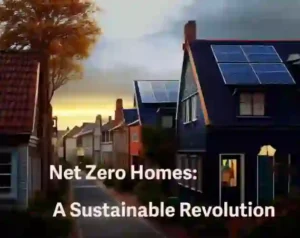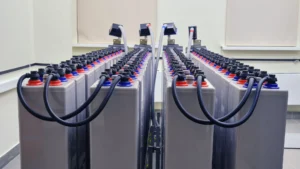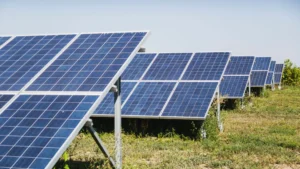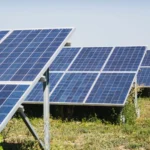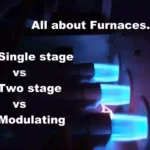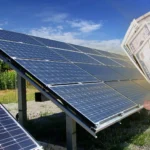Now operating in Ontario, Canada
What is PV Cell Module?
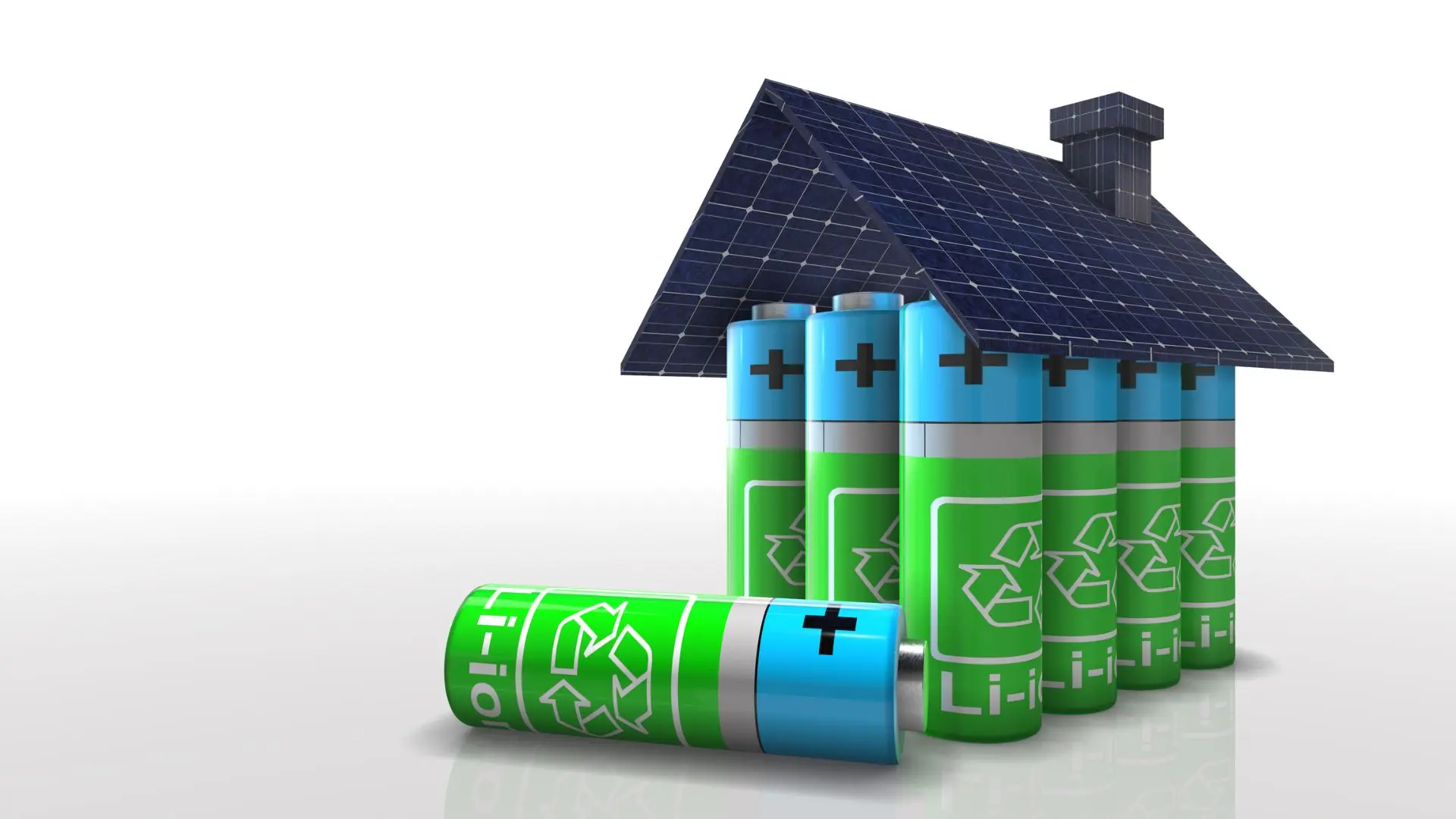
A PV module or collector comprises several PV cells, producing 25 to 200 W per panel. An array for a high-performance North American house might have a capacity of 6 to 10 kW. The PVA sends electricity to an inverter and an energy storage system if off-grid or into the electrical grid if grid-connected.
Composition of PV Cell Modules:
A PV cell module consists of multiple PV cells interconnected and encapsulated within a protective casing. These PV cells, typically made of semiconductor materials like silicon, convert sunlight into electricity through the photovoltaic effect. A grid-like pattern arranges the interconnected cells, sandwiching them between a transparent cover and a back sheet to create a durable, weather-resistant module.
Capacity and Power Output:
The power output of a PV cell module depends on the number and efficiency of the PV cells it contains. On average, a single PV module can produce anywhere from 25 to 200 watts of electricity, depending on its size and design. To address the energy needs of residential, commercial, or industrial applications, people interconnect multiple PV modules to create an array.
Scaling Up:
PV cell modules can be scaled up to create larger solar arrays capable of generating higher levels of electricity. High-performance homes in North America often require 6 to 10 kW solar arrays to meet energy demands. By combining multiple modules into an array, users can customize the system size to match their specific energy requirements.
Integration with Inverter and Energy Storage:
The electricity generated by PV cell modules is fed into an inverter, which converts the direct current (DC) electricity produced by the modules into alternating current (AC) electricity suitable for use in homes, businesses, or electrical grids. In grid-connected systems, excess electricity can be fed back into the electrical grid, allowing users to benefit from net metering or feed-in tariff programs.
Applications:
PV cell modules find applications in a wide range of settings, from residential rooftops to large-scale solar farms. They can offset electricity consumption, cut utility bills, and reduce carbon emissions. PV modules power remote areas and aid disaster recovery, providing essential electricity where grid access is unavailable.
Conclusion:
PV cell modules globally deploy clean, renewable electricity, playing a vital role in solar energy system implementation. Harnessing sunlight, these modules offer a sustainable solution to diverse energy needs, from individual homes to entire communities. As technology advances and costs continue to decline, PV cell modules will continue to play a crucial role in our transition towards a cleaner, more sustainable energy future.

